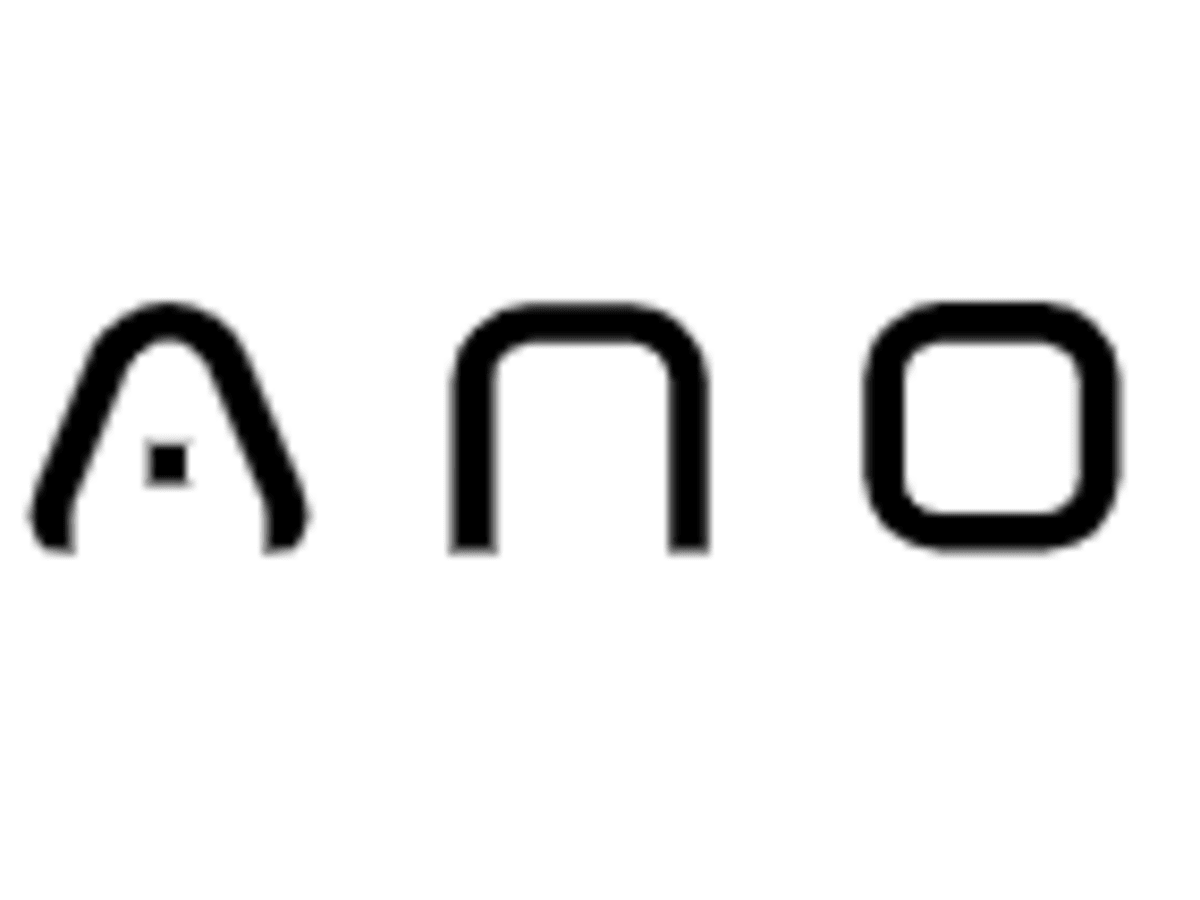

In its F-1 the company did not post any historical data on its revenues to date, but in July, Nanox CEO and founder Ran Poliakine told TechCrunch that the startup makes the majority of its revenues from licensing deals, providing IP to manufacturers like Foxconn, SK and FujiFilm to build devices based on its concepts. The company has yet to get regulatory approval for its imaging machines in any market and it posted a net loss of $13.8 million for the first six months of 2020, up from $1.7 million in the same period a year before. (In addition to Foxconn, the company counts the likes of imaging giant FujiFilm and SK Telecom among its investors.)īut it’s also something of a gamble that it will all come together. Nanox is working on something very cutting edge, and potentially disruptive, with a lot of big companies already supporting that effort.

Nanox noted in its F-1 filing that it plans to use the proceeds, along with existing cash, to manufacture “the initial wave of Nanox.ARC units planned for global deployment and investment in manufacturing capacities, shipping, installation and deployment costs of the Nanox System, and continued research and development of the Nanox.ARC, the development of the Nanox.CLOUD and regulatory clearance in various regions and sales and marketing expenses, general and administrative expenses and other general corporate purposes.” The hardware is made in partnership with large manufacturers like Foxconn (which invests in Nanox), while the services are sold to doctors and other clinicians and researchers. The technology, size of the system and price also mean that it can be used for more regular scanning as part of wider research efforts or clinical and diagnostic strategies.Īlongside this, it has built a suite of cloud-based services based around charging for scans, and subsequently handling and evaluating the images that are made on these, sold as Nanox.CLOUD. Nanox says the ARC comes in at 70 kg versus 2,000 kg for the average CT scanner, and production costs are around $10,000 compared to $1-3 million for the CT scanner. Nanox’s business is based around a vertical model: It has designed a cutting-edge, downsized scanner that aims to compete against larger and more expensive existing x-ray machines, with the first model called the Nanox.ARC. The $18-per-share price was at the higher end of the range that Nanox had originally set in its F-1 form of between $16 and $18, and it gives Nanox a valuation of about $1 billion. And after its shares were priced at $18 for its debut on the Nasdaq Global Market later today, under the NNOX ticker, it opened at $20.34, a small pop of 13% and closed out the day at $21.70, up 20.6% on its offer price. Today the company announced that it raised $165.2 million in an initial public offering.

Less than a month after the Israeli medical imaging startup Nanox raised $59 million in funding and said it was close to going public, the company has now bitten the bullet.


 0 kommentar(er)
0 kommentar(er)
